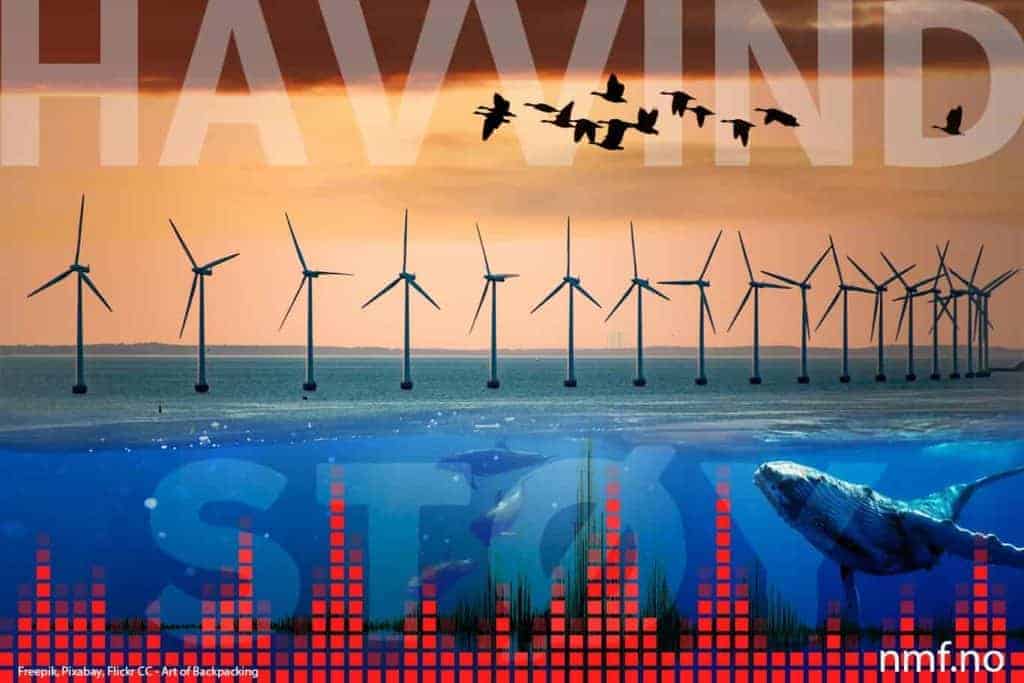The Norwegian Environmental Protection Association (NMF) demands that the government move away from the idea and plans for the electrification of the Norwegian continental shelf and the construction of Havvind and that the Norwegian Petroleum Directorate investigates the potential for CO2 cuts in the following 3 areas;
- Strengthened upgrading and modernisation of existing gas turbines type LM2500 (Approximately 80 % of the turbines are of this type).
- Replacement of the oldest and least efficient gas turbines with a new generation of gas turbines with greater output compared to input.
- Optimizing operation and driving of the turbines to reduce emissions and consumption.
Requirements for the OED
The Norwegian Environmental Protection Association today sent this as a requirement to the OED by Oil and Energy Minister Tina Bru and gives the reasons for it:
The Norwegian Environmental Protection Association believes that the idea of supplying the Norwegian continental shelf with electricity from land is hair-raisingly irresponsible from a nature and environmental perspective and that this will have no climate effect.
On the contrary, the development of more wind turbine plants will further increase the pressure on our vulnerable coastal nature.
As NMF assesses in our statements and input to the government in 2019, offshore wind is a serious threat to marine life that we have no overview of. Reference is also made to our statement at Havvind.

The Norwegian Petroleum Directorate has slept through the hour when it comes to upgrading the Norwegian continental shelf's existing energy infrastructure
The Directorate cannot answer NMF's questions regarding updated studies or, for that matter, older studies on the effect of the three points mentioned in relation to CO2 emissions.
Sextract from dialogue with the Norwegian Petroleum Directorate in May 2020:
As far as gas turbines are concerned, this was investigated a few years ago in connection with a report on NOx emissions that we prepared. The conclusion was then that it would not be appropriate due to high conversion costs to change turbine types on installations.
The only overview I have of turbines focuses on NOx and says little about CO2 emissions.
The general impression of the Norwegian continental shelf's operations over the last 30 years in terms of production, HSE and economy is that there are significant gains to be made if only the industry is given the right incentives. NMF believes that NPD has given in early due to the costs of measures and therefore skipped over the most obvious, to look at existing infrastructure first.
NMF is therefore asking the government at OED and OD to carry out a full review of the Norwegian continental shelf in the aforementioned areas. Only a 10-15% reduction of CO2 will mean a cut of the order of 1.4 -2.1 million tonnes of CO2 per year. It goes without saying that a full LCA must be prepared for these measures in the same way as any electrification, and will have to involve a full LCA (Life Cycle Analysis).
NMF learns that LCA for existing infrastructure will come out considerably better than electrification/Havwind.
Electrification/offshore wind will still involve gas turbines in operation as backup
In connection with security of supply and preparedness, even with expanded electrification and Havvind investment, the oil companies will have to maintain operation and maintenance of the gas turbines. This applies to offshore wind when it is not blowing and being produced, but also to cable in the event of power failure due to incidents, breakages etc. The Norwegian continental shelf is subject to the strictest safety regime on Norwegian territory, and will depend on always having a plan B when the main solution fails.
This clearly shows the complete lack of logic in the political exchange of words which forms the basis for hyping the aforementioned solutions.
The government must act responsibly environmentally, with regard to energy security and the economy
Norway is now in a period of great uncertainty in the economy, employment and looking after the day-to-day running of the nation and all involved parties, private relationships and workplaces. It is now time to put your finger in the ground and do proper and relevant calculations, where costs must be weighed against what you get in return.
In addition to low energy efficiency, enormous natural and environmental effects, electrification and offshore wind are also terribly expensive. A cost that Norwegian society cannot bear now in a crisis where the state of emergency will have effects for the next 5-10 years at least, the condition will persist until 2023 - as a minimum (NMF's estimates). These are time scenarios in which Norwegian working life, large society and more will not function normally as we know it.
The Norwegian Environmental Protection Association (NMF) demands that the government move away from the idea and plans for the electrification of the Norwegian continental shelf and the construction of Havvind and that the Norwegian Petroleum Directorate investigates the potential for CO2 cuts in the following 3 areas;
- Strengthened upgrading and modernisation of existing gas turbines type LM2500 (80 % of the turbines are of this type)
- Replacement of the oldest and least efficient gas turbines with a new generation of gas turbines with greater output compared to input.
- Optimizing operation and driving of the turbines to reduce emissions and consumption.
The matter will be updated…



